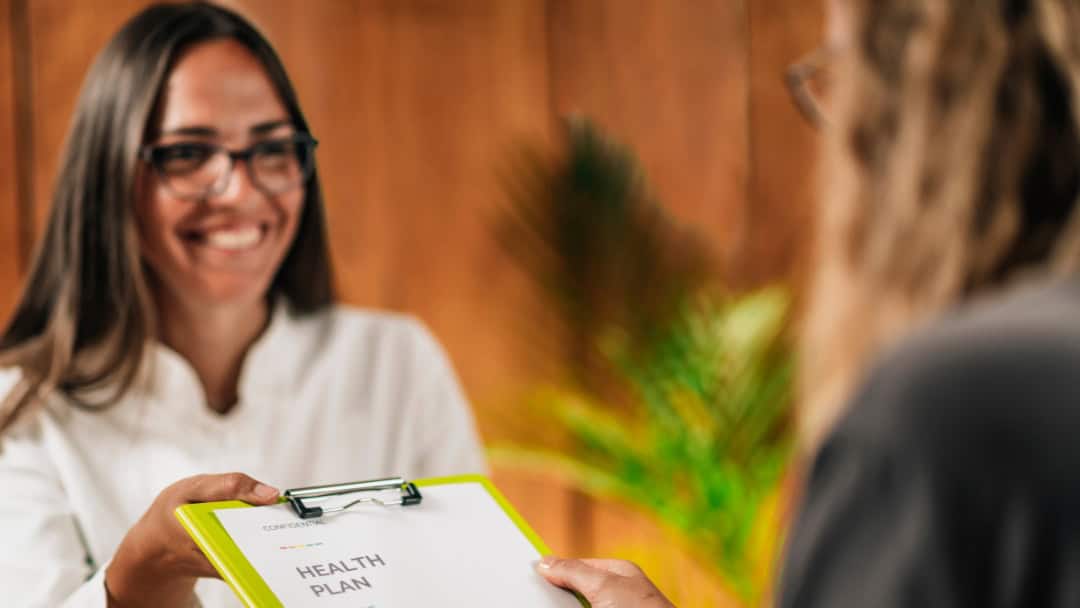What Is Bioregulation?
The human body is a complex and dynamic system designed to maintain stability and function in the face of internal and external changes. This process is known as homeostasis and is essential for survival and well-being. Bioregulation – the body’s ability to self-regulate through interconnected physiological systems – plays a critical role in sustaining equilibrium in the body.
Modern lifestyle factors, environmental exposures, and dietary choices can disrupt this delicate balance, and lead to dysregulation, dysfunction, or disease. A bioregulatory approach to medicine seeks to restore harmony by addressing the root causes of symptoms or dysregulation.
Bioregulatory Medicine encompasses the vast network of systems (e.g., nervous, endocrine, immune, metabolic) that work together to maintain homeostasis, to prevent symptoms, and to help the body function optimally. Below are examples of the important roles of these systems:
System
Function
Nervous System
The autonomic nervous system (ANS) regulates involuntary functions such as heart rate, digestion, and respiratory rate. The sympathetic (fight or flight) and parasympathetic (rest and digest) branches must remain in balance for optimal function.
Endocrine System
Hormonal regulation, governed by glands such as the thyroid, adrenal glands, and pancreas, ensures proper metabolism, energy balance, and stress response.
Immune System
A well-regulated immune response protects the body from pathogens while avoiding excessive inflammation or autoimmunity.
Metabolic System
The body’s ability to process nutrients, regulate blood sugar, and eliminate toxins supports cellular health and energy production.
Disruptions in bioregulation can lead to chronic conditions such as metabolic disorders, hormonal imbalances, and autoimmune diseases.
A Goldilocks Story: How Too Much, Too Little, or Just Right Impact Bioregulation
Maintaining bioregulatory balance requires the right combination of nutrients, movement, rest, and environmental factors. Below are several key influences that create a Goldilocks effect:
Factor
Too Much
Too Little
Just Right
Diet and Nutrition
Excess refined sugars, processed foods, and unhealthy fats contribute to inflammation, insulin resistance, and metabolic dysfunction.
Deficiencies in essential vitamins and minerals (e.g., vitamin D, magnesium, omega-3s) impair immune function, neurological health, and energy production.
A balanced, nutrient-dense diet rich in whole foods, lean proteins, healthy fats, and fiber supports gut microbiome diversity and metabolic stability.
Physical Activity
Over-exercising or high-intensity training without recovery can lead to hormonal imbalances, chronic fatigue, and increased oxidative stress.
Sedentary lifestyles contribute to poor circulation, insulin resistance, and reduced mitochondrial function.
Regular, moderate exercise such as walking, strength training, and yoga enhances cardiovascular health, brain function, and detoxification pathways.
Stress and Nervous System Regulation
Chronic stress and overstimulation of the sympathetic nervous system lead to cortisol dysregulation, sleep disturbances, and immune suppression.
Practicing mindfulness, deep breathing, and relaxation techniques helps regulate the nervous system and promote mental resilience.
Environmental Factors
Exposure to toxins, pollutants, and endocrine disruptors in plastics, household products, and pesticides can overload the body’s detoxification systems.
Lack of natural light, fresh air, and grounding (barefoot connection to the earth) can impair circadian rhythms and overall well-being.
Reducing toxin exposure, choosing organic and natural products, and spending time outdoors support overall bioregulatory balance.
Bioregulatory Medicine: A Comprehensive Holistic Approach to Restoring Balance
Bioregulatory medicine seeks to identify and address the root causes of dysregulation rather than merely suppress symptoms. This approach incorporates principles from functional medicine, naturopathy, homeopathy, and energy medicine to restore physiological equilibrium.
Strategy
Purpose
Nutritional Optimization
Personalized dietary plans that replenish deficiencies and reduce inflammatory triggers.
Hormonal and Nervous-System Regulation
Detoxification Support
Liver and lymphatic drainage, sauna therapy, and hydration to enhance toxin elimination.
Microbiome Balancing
Personalized Lifestyle Adjustments
Sleep optimization, movement therapy, and stress-reduction techniques tailored to the individual’s needs.
By adopting a bioregulatory approach, individuals can restore homeostasis, enhance resilience, and support long-term wellness (mental-physical-spiritual). Instead of merely reacting to illness, this model empowers individuals to actively maintain their body’s natural healing capacity.
Conclusion
Homeostasis is the foundation of optimal health, and bioregulation is the body’s natural mechanism to achieve it. In today’s fast-paced, modern world, many internal and external factors can disrupt this balance, leading to chronic illness and dysregulation. Understanding how changes in diet, lifestyle, stress, and environmental factors influence bioregulation allows us to make more informed choices to support our own and our family’s overall health. Bioregulatory medicine offers a comprehensive, personalized approach to restoring balance and empowering the body’s innate ability to heal. Through mindful nutrition, stress management, movement, and detoxification, we can cultivate resilience, prevent disease, and promote lifelong wellness.
About Heather Tallman Ruhm MD
Heather Tallman Ruhm MD is the Medical Director of the Documenting Hope Project. She is a Board Certified Family Physician whose primary focus is whole-person health and patient education. She draws on her conventional western training along with insights and skills from functional, integrative, bioregulatory and energy medicine. She believes in the healing capacities of the human frame and supports the power of self-regulation to help her patients recover and access vitality.

Still Looking for Answers?
Visit the Documenting Hope Practitioner Directory to find a practitioner near you.
Join us inside our online membership community for parents, Healing Together, where you’ll find even more healing resources, expert guidance, and a community to support you every step of your child’s healing journey.







